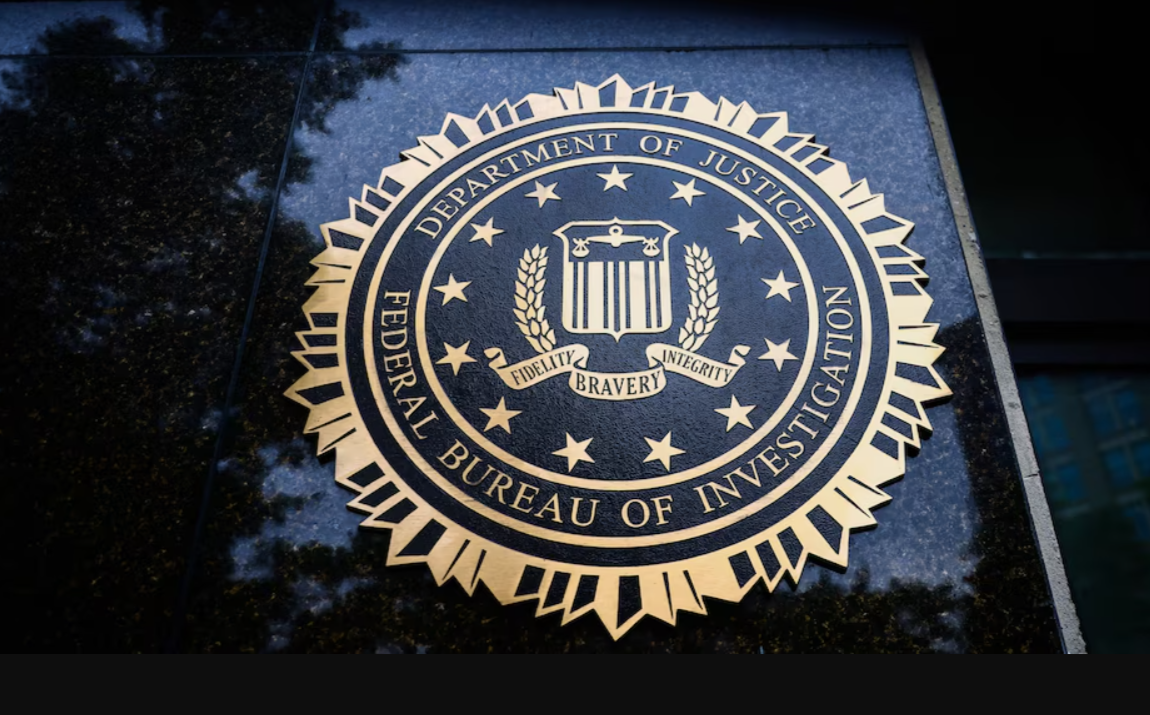(ThyBlackMan.com) Skin bleaching has grown increasingly common among celebrities, and the general populace is following suit.
Traditionally skin whitening has been viewed as originating from a feeling of self-hate and a desire to appear as someone else. This in combination with the negative health consequences of skin whitening has given the process a bad rap. While self-hate may motivate some to lighten their skin, a far more interesting proposition may in fact be true. By whitening one’s skin, minorities may be seeking to make the limiting constructs of race disappear altogether.
Minorities are individuals first and foremost. Consequently, they desire to distinguish themselves not by their race, but by their likes and interest. Since the majority of cultural subgroups are represented by Caucasian or light skinned individuals, in the media, whiteness becomes not only representative of a cultural subgroup, but also representative of the power to choose one’s identity.
light skinned individuals, in the media, whiteness becomes not only representative of a cultural subgroup, but also representative of the power to choose one’s identity.
As whiteness increases, the externally imposed restrictions on one’s identity decreases. It is this ability to be seen for one’s identity as opposed to their race that minorities seek to attain when they engage in skin whitening. Skin whitening may not originate from a feeling of self-hate, but rather from the desire to be seen by others how one sees themselves. Perhaps, skin whitening is an act of political independence and self-expression.
Skin whitening can be traced back to the Elizabethan Era. It is practiced disproportionately within communities “of color.” The power of whiteness can be traced back to the underrepresentation and stereotypical representation of minorities on television and in films.
According to the 2014 Hollywood Diversity Report by Ralph J. Bunche Center for African American Studies at UCLA, in 2011-2012 only 15.4 percent of lead roles on Broadcast television went to minorities, while only 13.2 percent of lead roles went to minorities on cable television. The US census bureau has estimated that 36.6 percent of the population is minorities. The amount of lead roles on television played my minority actors is less than fifty percent of their respective national representations.
These numbers become even more exaggerated when looking at the percentage of minorities in mainstream films. Furthermore, many minority roles pigeonhole based on race. As long as the aforementioned continues, minorities will continue to utilize skin whitening products as a way of being seen for who they truly are, individuals.
Staff Writer; Jeremy Bamidele
This young brother is a former faculty member at Rancho Santiago Community College in California and currently lives in Philadelphia, Pennsylvania where he is completing Graduate School at the University of Pennsylvania. He can be reached at jbami@sas.upenn.edu.

















I remember hearing this exact thing way back in the day. I’m talking jeri curl days. People are always saying sort of similar things in different ways. And someone will just say something in way that hits you.
So I had a jeri curl for a while. And the rapper KRS-One (remember him) was talking on TV, or maybe the radio. And he essentially said the same thing about black people straighten their hair, or getting curls, and a possible little self hate going on.
And I immediately went out and got a hair cut.
I buy “skin bleaching/whitening” creams to even out my complexion. But I also mix up skin concoctions using essential and carrier oils. It really depends on what I have on hand to use when I have skin problems. I don’t apply bieaching/whitening crams because I desire to be white. Never have, never will. But when my complexion is one color and I have dark spots of another complexion over my skin, it makes me look like a polka-dotted clown. So the creamjust evens out my skin tone to be the same as my entire complexion. Skin products that I use have absolutely nothing to do with “wanting” to be white or have white skin. I didn’t/don’t train myself to think that way.
Same thing applies to my hair. I relax my hair because it’s convenient for me and I like it. I have the right to wear my hair any way I want. But there’s no way I’m dreaming of having “white” girl hair. Not at my age anyway. I could put 10 relaxers in my hair and I’d still wouldn’t have really straight hair. Negroid hair is Negroid hair and it will never disappear completely. Quiet as it is kept, there’s been plenty of white people who have told me that they don’t have naturally straight hair either and they use what’s called a perm which is a chemical treatment. What alot of people, including non-black, do to their skin and hair has nothing to do with self-hatred, especially if it doesn’t drastically alter their appearance.
However, I do agree that there are blacks who hate their own skin color and hair. But you can always spot those types and realize the difference between them and black people like me. I know I can.
When you bleach your skin and straighten your hair, you’re saying, the color of my skin and texture of my hair is inferior to the color I wish to be. You disrespect you mother, father, community, and the creator who made you. But this is the world we live in today.
The lack of knowledge of true African history causes this type of inferior, slave minded thinking. Study your African history and you’ll realize, the people who you want to look like, really wished they looked like you.
Black Unity means financial independence and happiness
Surely, you jest. Doubtless, many will take you seriously. It is great to be provocative, isn’t it? It insures one a lot of attention.